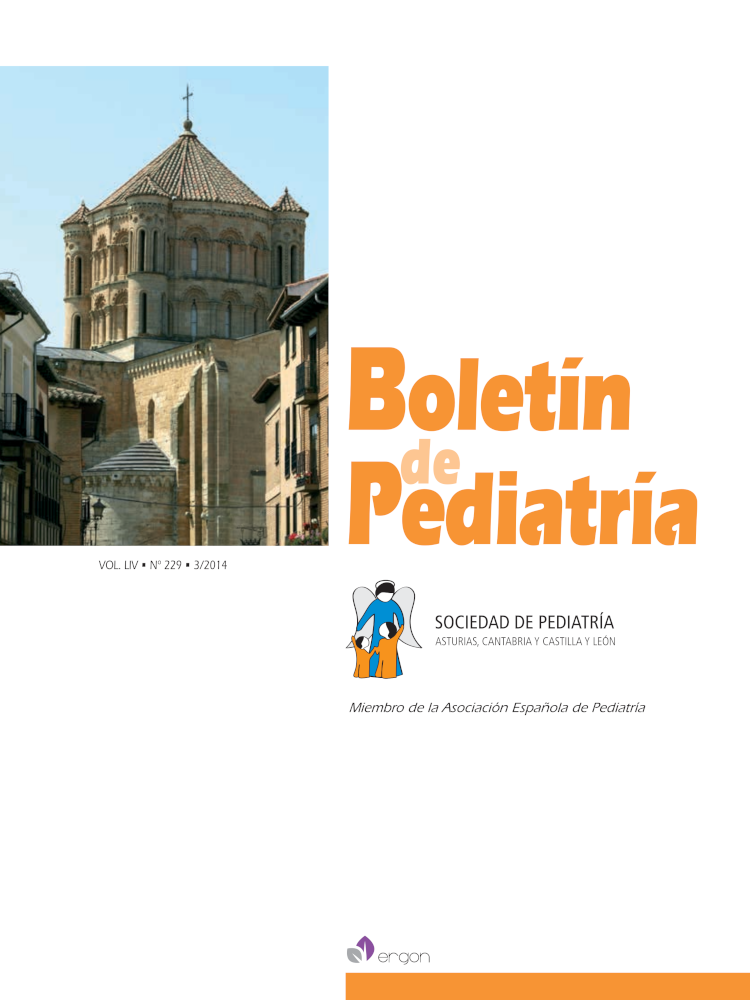Resumen
La neuroprotección con hipotermia terapéutica en el neonato con encefalopatía hipóxico-isquémica perinatal (EHI) ha demostrado reducir la muerte y la discapacidad a largo plazo. Sin embargo, fuera de la EHI perinatal la evidencia científica es todavía escasa para afirmar que el empleo de esta técnica conduce a un mejor pronóstico de aquellos niños que han sufrido una parada cardiorrespiratoria. Se están desarrollando actualmente varios estudios clínicos multicéntricos en este grupo de edad, cuyo objetivo es demostrar el efecto de la hipotermia moderada respecto a la normotermia, así como establecer la duración, profundidad de la hipotermia y ritmo de recalentamiento. A pesar de ello, es una realidad que numerosas unidades de cuidados intensivos pediátricos están realizando este tratamiento apoyándose en las últimas guías internacionales de Reanimación Cardiopulmonar que recomiendan el empleo de hipotermia terapéutica en niños, infiriendo la evidencia científica procedente de los estudios realizados en la edad adulta y neonatal. Sin embargo, para aplicar el tratamiento con hipotermia con garantía, se deben reunir algunas condiciones, como haber realizado un entrenamiento previo, estar en disposición de monitorizar adecuadamente el estado neurológico del paciente, así como conocer y ofrecer un tratamiento integral de las potenciales complicaciones secundarias a la enfermedad hipóxico isquémica.

Esta obra está bajo una licencia internacional Creative Commons Atribución-NoComercial 4.0.
Derechos de autor 2014 Boletín de Pediatría
